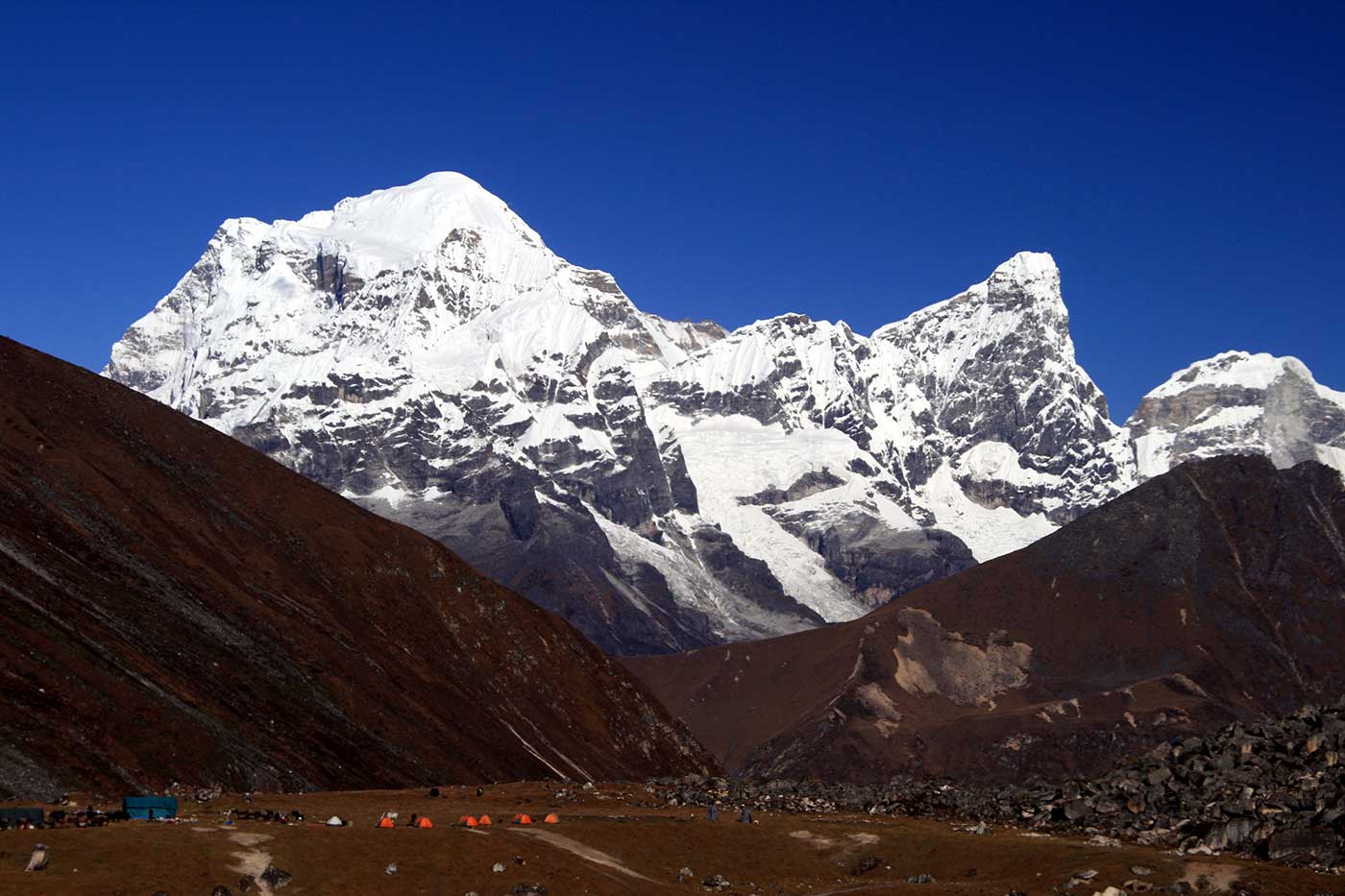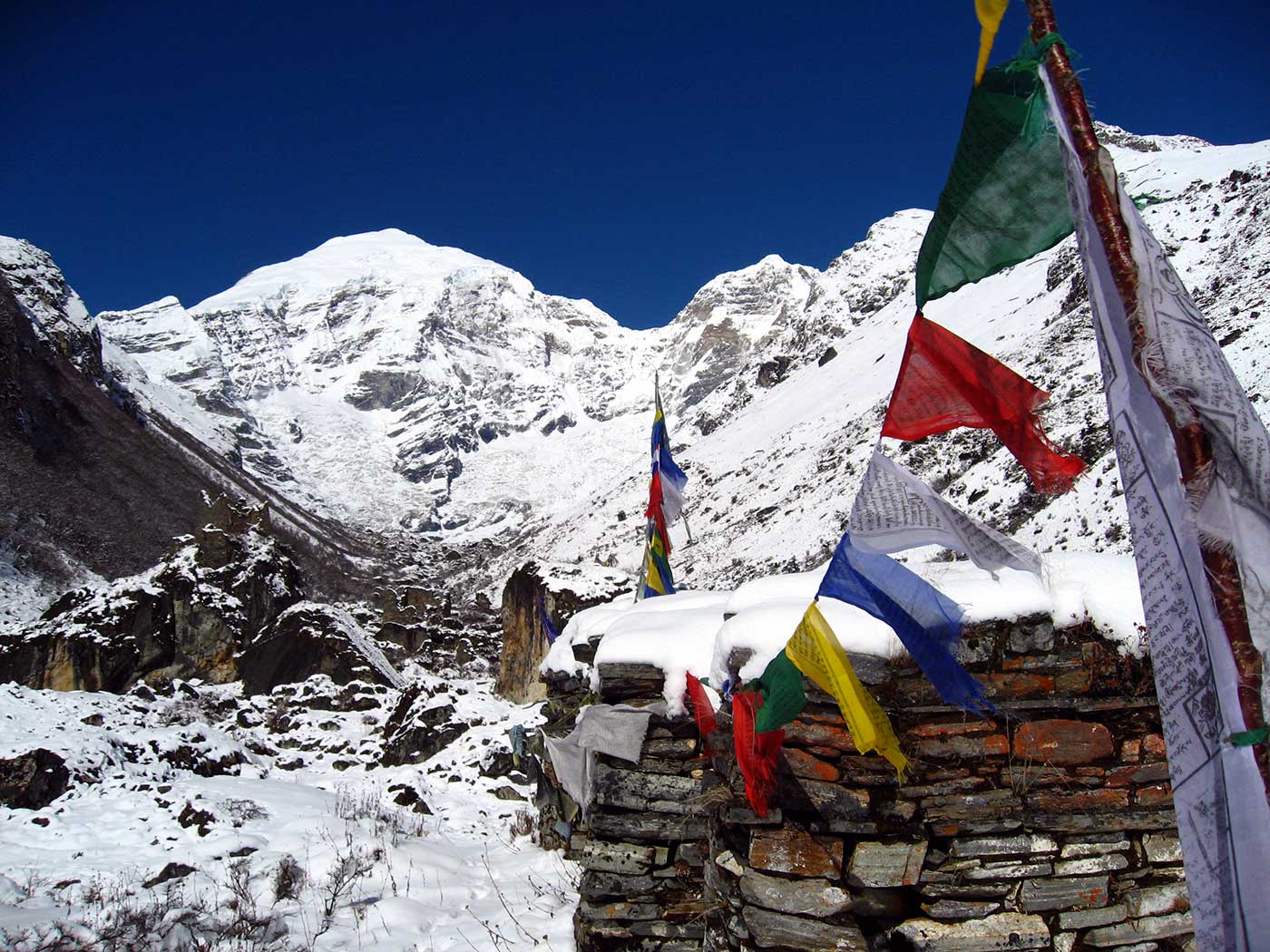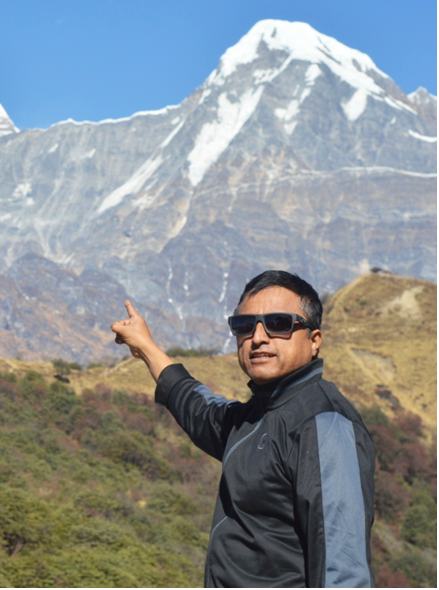Trip Introduction
The Chomolhari trek in Bhutan is an adventure like no other. Known as the “Mountain of the Goddess,” Chomolhari towers over the Himalayas at an awe-inspiring 7,314 meters. The trek takes you through lush forests, past cascading waterfalls, and across glistening glaciers, all while offering breathtaking views of the majestic mountain.
As you embark on the trek, you’ll be enveloped in the natural beauty of Bhutan’s landscapes. The trail winds through dense forests of rhododendrons, magnolias and other exotic flowers, providing a riot of colors and fragrances. The sound of the birds and the gentle breeze, the scent of the pine trees and the fresh air, all create an ambiance of peace and tranquility.
As you gain elevation, the landscape transforms into a rocky and barren terrain. The trail becomes steeper and more challenging, but the rewards are well worth the effort. The views of the snow-capped peaks, including Chomolhari, are truly breathtaking. The glaciers, the icefall, the snow-covered peaks, the crystal clear rivers and the wildflowers, all create a sense of awe and wonder.
The Chomolhari trek is not only about the natural beauty, but also about the culture and the people of Bhutan. The trail takes you through traditional Bhutanese villages where you can experience the local way of life. The friendly people of Bhutan, their customs, and traditions, their religious beliefs, and their hospitality, all add to the richness of the experience.
Overall, the Chomolhari trek is a journey that will take you to the heart of Bhutan’s natural and cultural wonders. It’s an opportunity to reconnect with nature, to push your limits, and to discover the beauty of one of the most remote and beautiful countries in the world.






